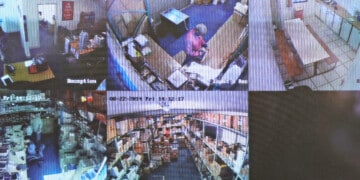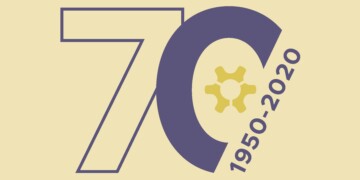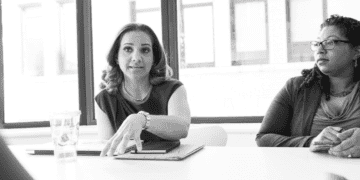ABOUT ALL TOGETHER
All Together is the blog of the Society of Women Engineers. Find stories about SWE members, engineering, technology, and other STEM related topics. It’s up-to-date information and news about the Society and how our members are making a difference everyday.










